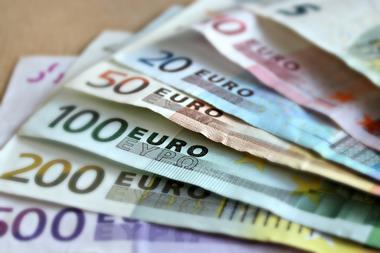The €19.5bn Dutch pension fund of electronics giant Philips reduced its stake in government bonds from 40% to 30% in order to benefit from rising interest rates.
In its annual report for 2017, it indicated that the strategic divestment came at the expense of euro-denominated government bonds.
It reinvested the proceeds in equity (1%), property (2.5%) and cash (6.5%), asset classes less susceptible to rising interest rates.
To increase diversity within its fixed income portfolio, the Philips scheme has also divested part of its remaining sovereign exposure away from euro-zone countries in favour of UK, US and Canadian government bonds.
In the adjusted portfolio all countries have an equal weighting in principle, according a spokeswoman for the pension fund. Previously, the fixed income holdings largely comprised German and French government paper.
At the start of 2017, the scheme’s actual holding of euro-denominated government bonds was 32%, with worldwide government paper totalling 4%.
At year-end, the combined government bonds allocation had been reduced to 29.5%.
The Philips scheme attributed its overall return of 5.8% largely to the 9.9% gain on its equity holdings as well as the result of its currency hedge.
Thanks to the depreciation of the main currencies relative to the euro, the currency hedge contributed no less than 3.8 percentage points to the scheme’s total profits.
In contrast, the pension fund incurred a 0.7% loss on its 56% interest rate hedge.
It reported losses across almost its entire 57.5% matching portfolio, citing higher interest rates as well as the appreciation of the euro as main causes.
With a positive return of 1.7%, Dutch residential mortgages were the only exception.
During the first six months, the Philips scheme lost 2.2% on its holdings of euro-denominated government bonds.
Worldwide bonds and credit generated losses of 1.8% and 3.3%, respectively, while high yield credit (-3.9%) and emerging market debt (-0.6%) also produced negative results.
Property holdings delivered 5.8%, according to the scheme. As the construction of a portfolio of direct non-listed property takes some time, Philips said it had temporarily invested in a combination of listed real estate and cash in order to get close to the desired property profile.
Last year, it kept 7.2% of its assets in cash, invested in money market funds and loans with a very short duration. As the valuation of short-term interest rates is usually negative as a consequence of quantitative easing in the euro-zone, it made a 0.5% loss on cash, it said.
Last April, the Philips Pensioenfonds granted its participants a 0.22% indexation based on a funding of 117.2% at year-end. As of April 2018, its coverage ratio stood at 119.4%.
The pension fund reported asset management and transaction costs of 0.22% and 0.15%, respectively. It spent €100 per participant on administration costs.



























No comments yet